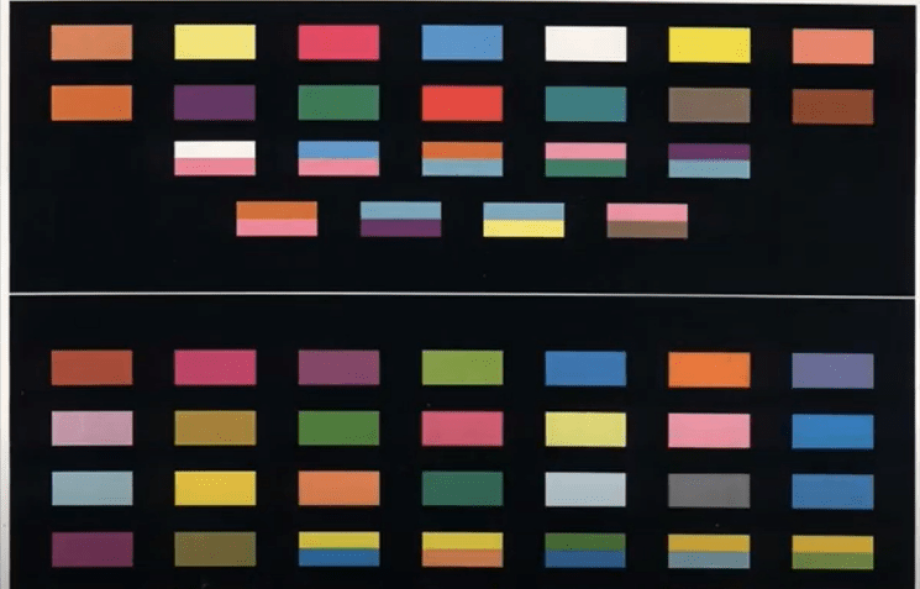In the course of time a lot of new and updated methods of language teaching emerge. They highlight different key aspects when teaching a foreign language and each of them has their peculiarities and yet some of them are more popular nowadays than the others. Today we’ll be talking about the “Silent way” as a way of teaching a foreign language. Though we cannot claim that this approach is everyone’s favourite due to its uniqueness and the need of an extra effort on the part of the teacher, however, it is still a quite practiced one and has its loyal followers.
This approach was created by Caleb Gattegnoin in the 1970s. The main purpose of creating this approach was to discourage teacher talk and encourage student involvement and student talk more instead. Hence, the more the students talk the less problems with fluency occur.
The main concepts of this type of learning are:
- Learning happens and is more successful if the learner discovers and inducts rather than remembers by heart or repeats.
- Learning is facilitated by physical objects, realia.
- Critical thinking and problem solving are critical aspects to pay attention to in learning.
So, what’s this approach exactly?
As far as the delivery/presentation of the new material is concerned, this approach is very structured. Language is presented through sentences, in a sequence, from simple to more challenging. In other words, the structural pattern of the language, e.g. a sentence is presented to the learners while the learners induce the rules on their own without direct instruction.
An example would probably explain the idea of this approach better. The teacher presents the following structural pattern “Pass me the blue scarf.” The class will be asked to use this structure with each other until the teacher sees that it is assimilated. In addition, they will be asked to change the colour of the scarf. Next one student will need to pass the scarf to another person, but they won’t happen to know the pronoun “her/his”. Here it is the teacher’s job to jump in and offer the pronoun by letting the students practice further.
According to the topic chosen, the teacher would use rods with different colors to separate the classification of words related to grammar in context. Through the use of colors contained in charts (that a teacher must do in this method) and the separated rods, teachers can explain the classification of words.
Advantages of the method
This method allows the learners to develop independence and learn by comparing things. Students learn through interaction with one another where they not only learn independently, but also develop their team working skills. This also helps the learners to become more responsible for their learning.The teacher’s job here is crucial in creating a type of an environment where the learners would feel comfortable to share and learn on the go. If the environment is not favourable, it might hinder the students from communicating and interacting, which will result in a boring and a no-progress session.
The idea of modelling a new structure or item of vocabulary just once also encourages learners both to listen more carefully and then to experiment with their own production of the utterance.
Challenges of the method
Together with advantages, this method can have some drawbacks as well. Namely, students might feel scared to try out the structure without knowing the translation or the exact meaning. They might be unwilling to experiment. Students may also feel a lack of feedback as the main task for the teacher here is to observe and come up with other tasks and exercises that would fix the interaction and the language misuse. Finally, progress might be slow, as in contrast to other methods, the Silent way focuses on learning fewer things in a fixed period of time than covering the whole ‘material’ of the course.
In any case, this is worth a try to see how your students would respond to this method.
For more insight into the topic, please check out the videos here and here.






 Вероника Аветисян
Вероника Аветисян 
 Маргарита Аветисян
Маргарита Аветисян 



Thank you for the research done to write this article. I would love to see more sources and references to understand where some of the ideas presented here came from. In addition to the two videos mentioned at the end, I’d suggest the one called «Silent Way: a film for language teachers» on youtube, which comments on a live Silent Way class with insights about how and why things are done.
In general, there are plenty of more updated information about the Silent Way on the web now, so hopefully people can get a more and more accurate understanding of it.